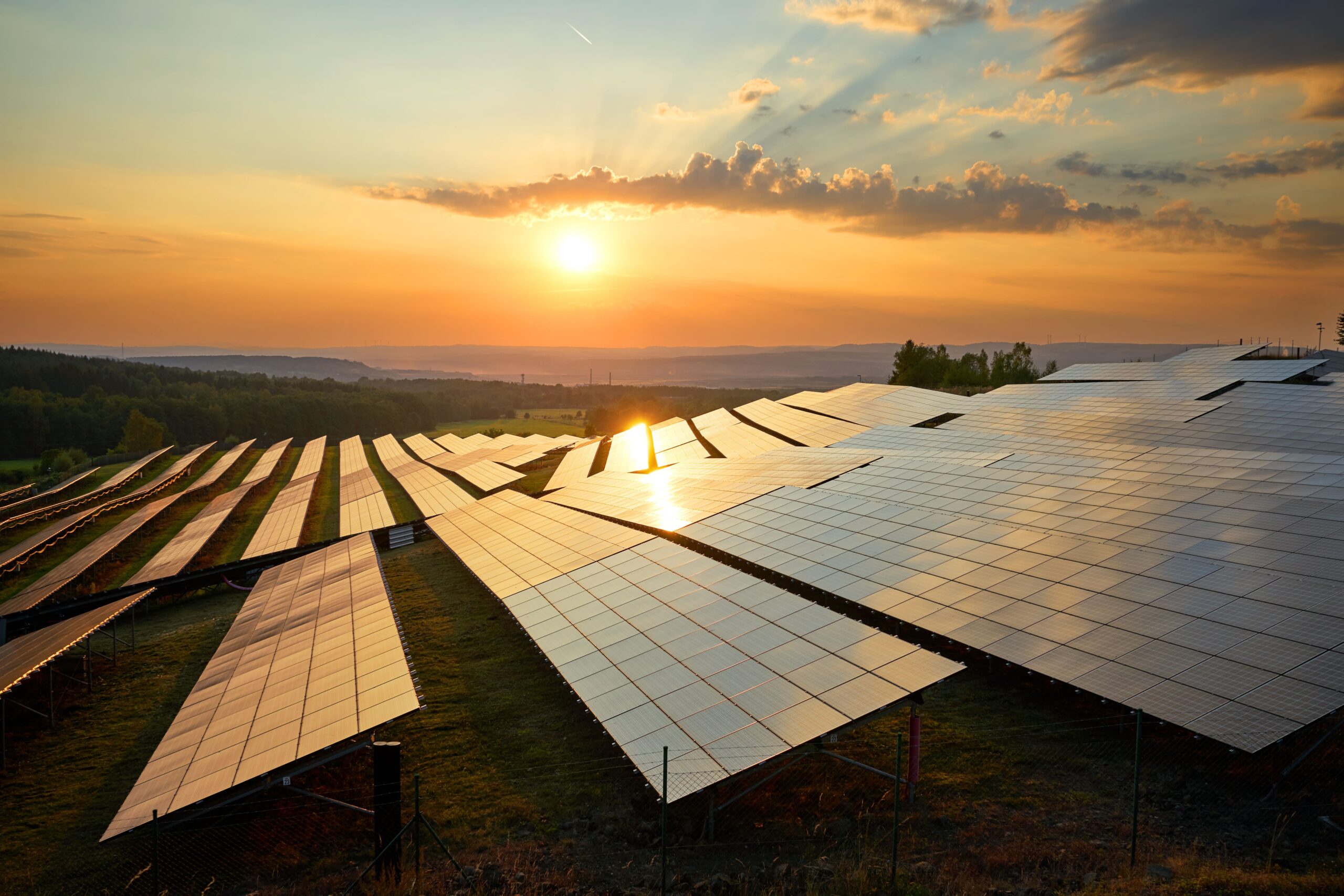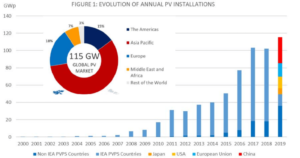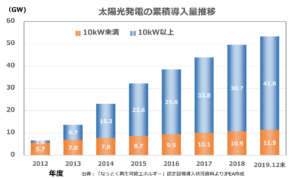The Pros And Cons of Solar Energy: Current Situation In The World
- CO2-reduction

There are always questions if solar power systems are beneficial. To fight global warming, solar power systems became widespread worldwide. However, to avoid risks, it is important to learn about disadvantages as well.
Table of Contents
What is solar energy?
Solar power technology converts sunlight into electricity. It is an energy source that does not deplete permanently and does not produce greenhouse gasses that affect global warming during generation, making it a promising alternative to thermal power generation.
Let’s identify the benefits of Solar Power
Electricity Bill Reduction
Solar power for home consumption can result in zero electricity costs. The cost of electricity varies depending on the power company and usage, but the standard rate per kWh set by the ‘National Household Electrical Appliances Fair Trade Council’ is 31 yen. Since a 1kW solar system produces about 1,000 kWh annually, you can save about 31,000 yen per year if all electricity is covered by solar.
No greenhouse gas emissions during electricity generation
Solar power minimizes emissions of CO2 while processing. To produce 1kWh of electricity, while emission of CO2 with thermal power is 943g, solar power is only 38g.
Also unlike fossil fuels, solar power doesn’t require fuel costs as it is generated from renewable energy. It is life time efficiency as well as cheaper and stable source of power options that lead us to a sustainable future.
Usable during power outages
Unless the distribution board and peripheral devices are damaged, the power conditioner can be switched to independent operation in emergency situations. This capability to use necessary power during emergencies is a significant advantage of solar power.
Enhanced insulation
Solar panels act like heat shields, improving the insulation of the roof. The rooms underneath can keep cool conditions by blocking sunlight and are warmer in the winter as they prevent heat loss. With solar roofs, the rooms below would be about 10 degrees lower in the summer and 5 degrees higher in the winter than normal roofs.
Cons of solar energy
High installation costs
The initial investment for solar power equipment is high, which is a drawback. It required power conditioners and mounting systems for installation. Including these items and installation costs, the general expense for purchasing and setting up a solar power system ranges from about 1 to 1.5 million yen.
Furthermore, the installation cost for industrial solar panels is even higher. According to data from the Agency for Natural Resources and Energy, the average installation cost for industrial solar power systems installed in 2022 was 236,000 yen/kW. When the capacity of the system increases, it becomes cheaper and the average cost is approximately 173,000 yen/kW with 50 to 250kW.
Therefore, installing a 100 kW solar panel system would cost approximately 17.3 million yen by simple calculation.
Getting affected by weather
As sunlight is converted into electricity, weather conditions will affect the amount of electricity generation. If sunny weather is considered as 100%, it drops to 30-50% with clouds and even on a rainy day it goes to 10-20%, then night time is 0%.※ Solar panels are also vulnerable to heat, and their power generation capacity can decrease in temperatures above 30°C during summer.
However, as the annual power generation of solar power is calculated over the whole year, there is little difference in yearly generation capacity.
※Source: Infinite Energy
Inefficiency due to lack of nighttime generation
As mentioned, solar power cannot be generated at night when sunlight is unavailable. To use electricity during the longer nighttime hours, a storage battery must be installed to store electricity generated during the day.
Weight of panels on housing
A single solar panel weighs about 15 kg. A typical 5 kW system comes with 20 panels and a total weight is 400 kg, therefore, it might be harmful to the roof.Although panels are installed with multiple supports to distribute the weight, older houses may have lower load-bearing capacities, necessitating a prior assessment for installation feasibility.
Maintenance required
Solar panels’ lifespans are 20 years. Regular inspections and maintenance are necessary for efficient power generation. Every 4 years businesses are required for regular inspections that cost approximately $100 to $200 yen. The power conditioner’s lifespan is about 15 years. The inspection and replacement cost approximately $3000 yen, and cleaning for dust and pollen is from $300 to $600 yen. As work at heights can be risky, it is important to hire professional service providers.
Global and Japan’s solar power adoption trends
Global status

Sited from: JPEA
China is leading the solar power adoption worldwide.The significant presence of China in this field stems from a strategy focused more on establishing mass production systems than on technological innovation. China successfully increased solar power adoption rate as they spent a large budget to produce low-cost/high-efficiency products.
A skilled workforce knowledgeable in manufacturing processes and the development of an organized supply chain have contributed to reducing costs and enhancing the performance of solar power technology. Since it matched with the global trend and demands, China built the foundation for solar power to be a major option.
What happened in Japan

Sited from: JPEA
The Fukushima nuclear accident occurred in 2011. The Japanese government started dealing with the Feed-in Tariff (FIT) system to switch to renewable energy. Once introducing the system, the demand for solar panels among homes, businesses, and power generators has increased.
In 2011, the shipment of residential solar panels reached 1,000 MW, but industrial usage was not yet at a significant level. With the FIT system’s influence, these figures grew to approximately 2,000 MW for residential and over 1,000 MW for industrial in 2012.
Source: AUSTRALIAN ENERGY RESOURCE ASSESSMENT
Solar power not only contributes to reducing electricity bills and renewable energy surcharges, but also earns income by selling electricity. Solar power can be a key aspect to solve and prevent global warming as it achieves zero CO₂ emissions.
Understanding Planetary Boundaries: Protecting Earth’s Future
CONTACT US
Please feel free to contact us at anytime.
We will get back to you as soon as we
can!
Editor
OFFSEL Owned by Erevista Inc, OFFSEL is specializes in Environmental issues, especially in carbon neutrality. We primarily provide the latest information on environmental energy.




